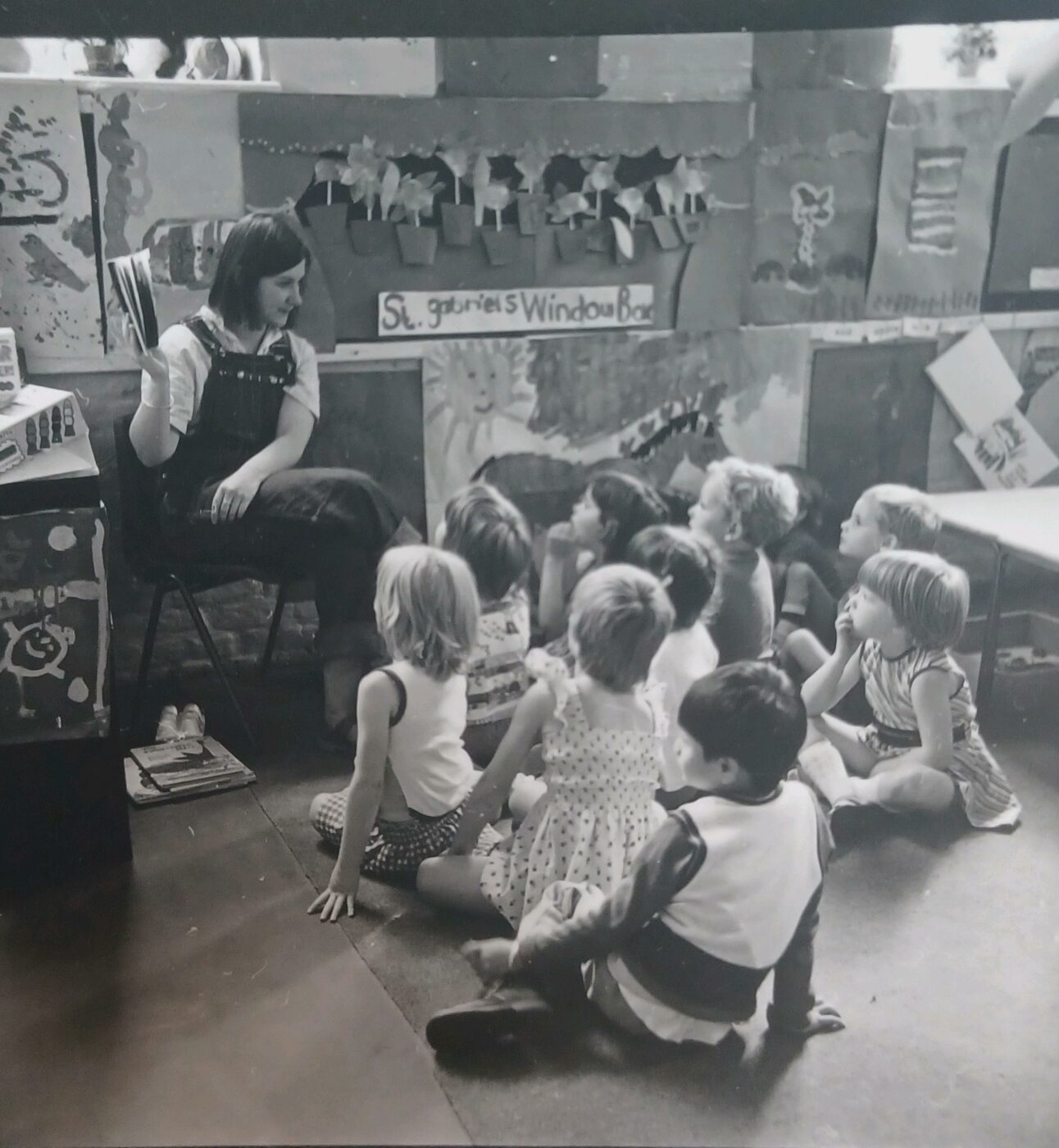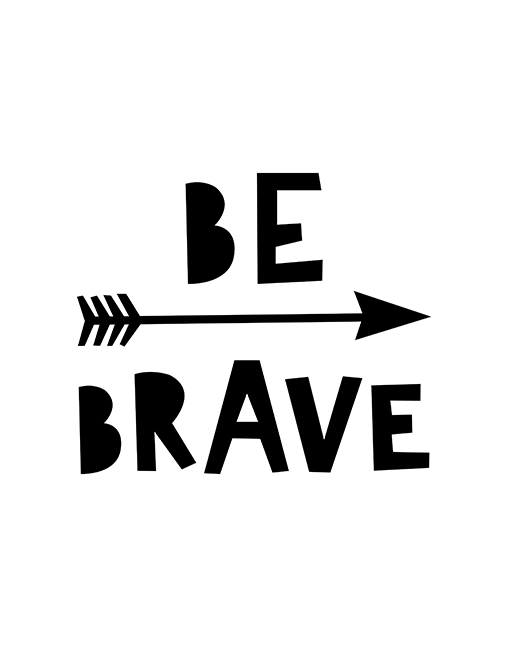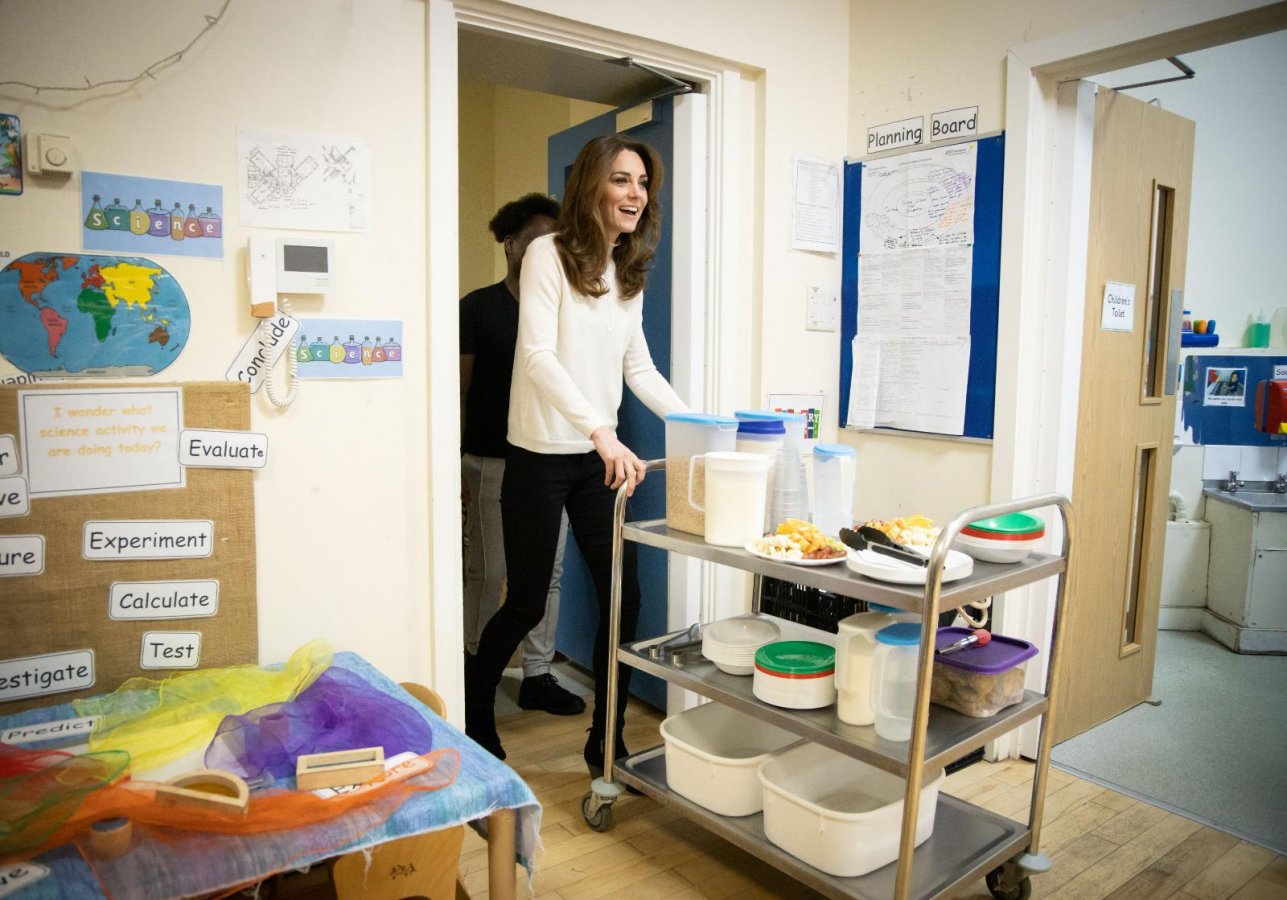
Talking Early Years: Celebrating 120 Years at LEYF
The Year That is 2023 – This year, we are proud to celebrate 120 years of LEYF. It’s been fascinating to reflect back on what has changed over…
December 1st 2014
This week we are hosting the launch of a book written by an ex LEYF staff member Mine Conkbayir and her co-writer Professor Chris Pascal CBE, who has been a friend and advisor to LEYF for many a long year. The book Early Childhood Theories and Contemporary Issues explains the key child development theories from the past right through to the present. From Rousseau to Froebel, the McMillan sisters, Freud, Bowlby, Piaget, Trevarthen and Bronfenbrenner. The book concludes with an introduction to current concepts such as neuroscience and action research. Linking theory to practice is a fundamental principle of the LEYF Academy because we think it’s the basis of quality in action. In fact, while many people run away from theories and say “ oh we are practical people” we, like the book’s authors, believe that actually there is nothing as practical as a good theory and there are plenty of examples in the book to show you why.
Back in the late 70’s I trained as a psychiatric nurse. As part of our training we had to spend time away from the asylum and in a General Hospital. My overriding memory was of the ward sister (who was a dragon in a starched uniform) showing me how to prepare a trolley for a particular procedure. I learned to set up of the trolley with her breathing fire down my neck but I was too terrified to ask why the trolley was set up in that particular way so the result was I had no real understanding of why it was prepared which was dangerous because without that fundamental understanding I could not have prevented a problem or resolved one. I was mighty pleased to return to the asylum!
At LEYF we always use theory to extend and support understanding. It’s true that this means me asking about favourite theorists anywhere, anytime and anyhow! A few week ago I popped into a nursery and a member of staff said to me, “June, I have just spent my whole lunchtime working out the meaning of pedagogy!” What can you say but stand still in admiration. Recently we wrote the Twoness of Twos report to prepare us for taking the largest number of two year olds from the Two Year Old Programme in London; 300 in all. We have been using the theories of good practice for two year olds to help us reflect on our practice, including some of the neuro-scientific research quoted by Mine in the book. Quite out of the blue last week, I received a set of written comments from a group of nursery staff who described what they had done to improve their service for their two year olds as a consequence of reading the report. I was stunned by the reflection and consideration they had given to the issue. Just reflecting on their conscientiousness and scholarly approach makes my blood pressure rise when I hear those casual, lazy, ignorant comments bandied about by the press, public and politicians about the professionalism and earnestness of childcare staff in the PVI. How dare they?! Just to highlight my point here are a few comments which I think demonstrates the importance of linking theory to practice. Thank you Lisson Green, Carlton Hill, Colville, Luton St and Queensborough nurseries.
‘After reading through my Twoness of Two’s report I began to think about many elements of my own and my team’s practice. One of the first things I changed was how I embedded the importance of the home learning environment… We as a team considered the activities we were sending home and revaluated whether we were clear if the activities were designed to provide learning for the child or learning for the parent to extend the child or whether it was both.’
‘Having read the Twoness of Twos report, we changed our outdoors learning environment to improve physical activities. We set up mini beast hunts, obstacles race, running and chasing games, hopscotch, climbing and balancing on the beams, or big plastic shapes, ring games and ball games. We are looking to reflect an urban outdoor learning space in our daily practice and think how we can develop it further.
The Twoness of Twos’ influenced my practice with regards to nutrition; we improved our children’s interest in healthy eating by carrying out activities such as fruit tasting, cutting and cooking food and vegetables.
We have recently updated our parents’ information board. It is now clearer and easier for parents to gain information specifically about the 2-3’s room. ‘The Twoness of Twos’ report is also displayed here. We give detailed daily feedback to all parents in the mornings and in the afternoons. We plan to use ‘The Twoness of Twos’ report and ECERS to set action plans for the room to work towards from this week onwards.
After reading the Twoness of Twos document we realised that the 3 year olds were dominating the room and that the two year olds were not gaining from being in their presence all the time and needed their own space. We discussed as a team the changes we needed to make to ensure that the two year old have the chance to have their own time and space to explore. We have now made changes to the routine and have given each age group separate times both indoors and outdoors.
The report has made an impact in terms of our pedagogy and how we support our two year olds in terms of how we communicate with them, how responsive we are and how we can support their creativity and imagination in the early years. We need to forge those neural connections, sparking those pathways to knowledge to narrow the gap between certain social groups and to achieve this we promote the following experiences:
Mine and Chris’ book supports the responses I have outlined above. It shows clearly that when staff are engaged in research whether translating theory into practice or creating their own theory through action research they improve the service for children, build their own confidence and shape modern early child pedagogy so it’s fit for the modern child. I would urge that you all have a copy in the staff room and indeed if you are free please come to the launch at 121 Marsham Street on Wednesday evening at 5pm.

The Year That is 2023 – This year, we are proud to celebrate 120 years of LEYF. It’s been fascinating to reflect back on what has changed over…

The other night I was watching my new late-night Netflix addiction, How to Get Away With Murder. I have reached Series 5 where the main protagonist, Annaliese Keating is…

We all know that the Tiger comes to Tea but we have never had a Duchess come to Breakfast. https://www.youtube.com/watch?v=-6hzbLzcprE The Duchess of Cambridge lightened up our…